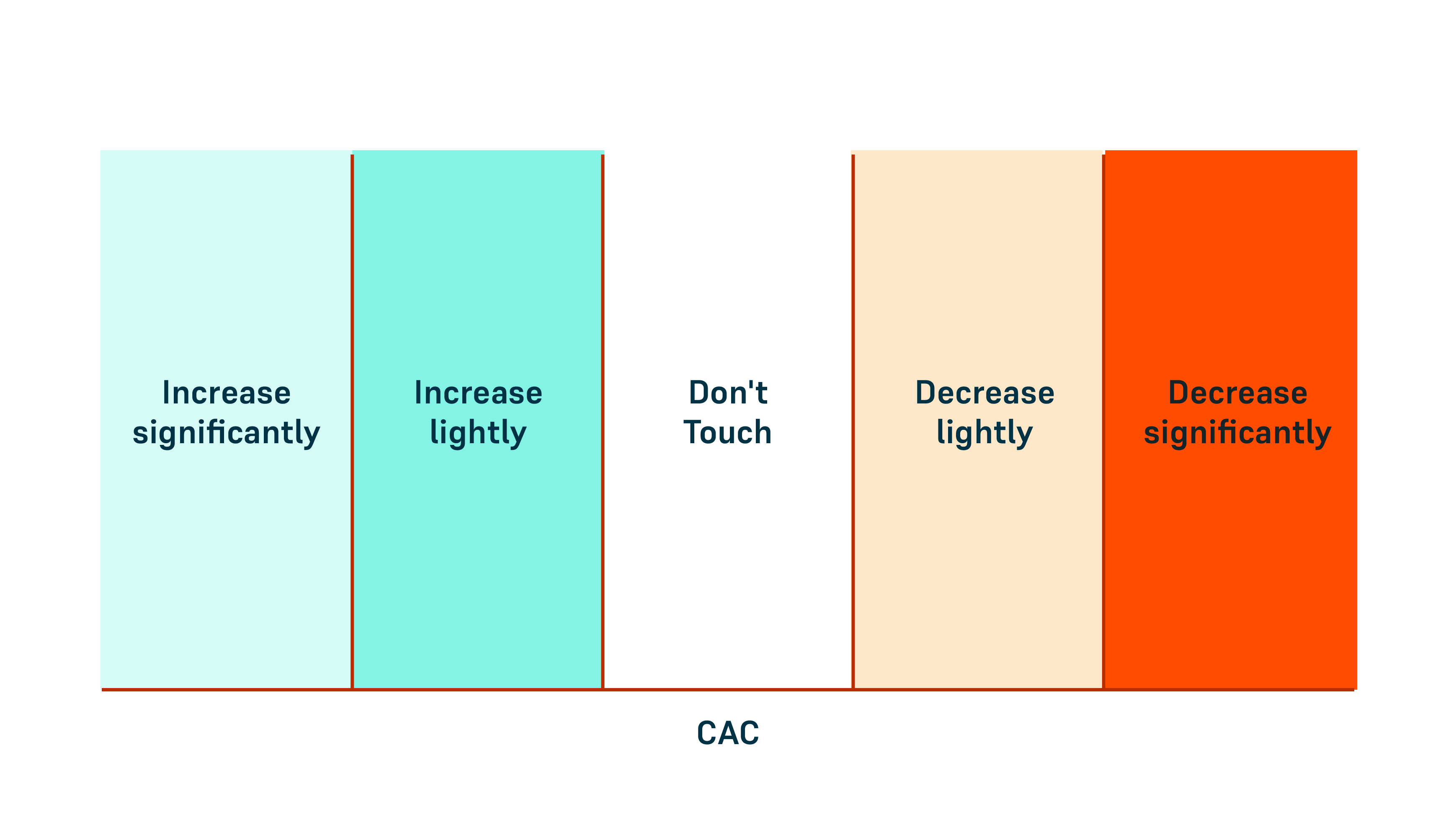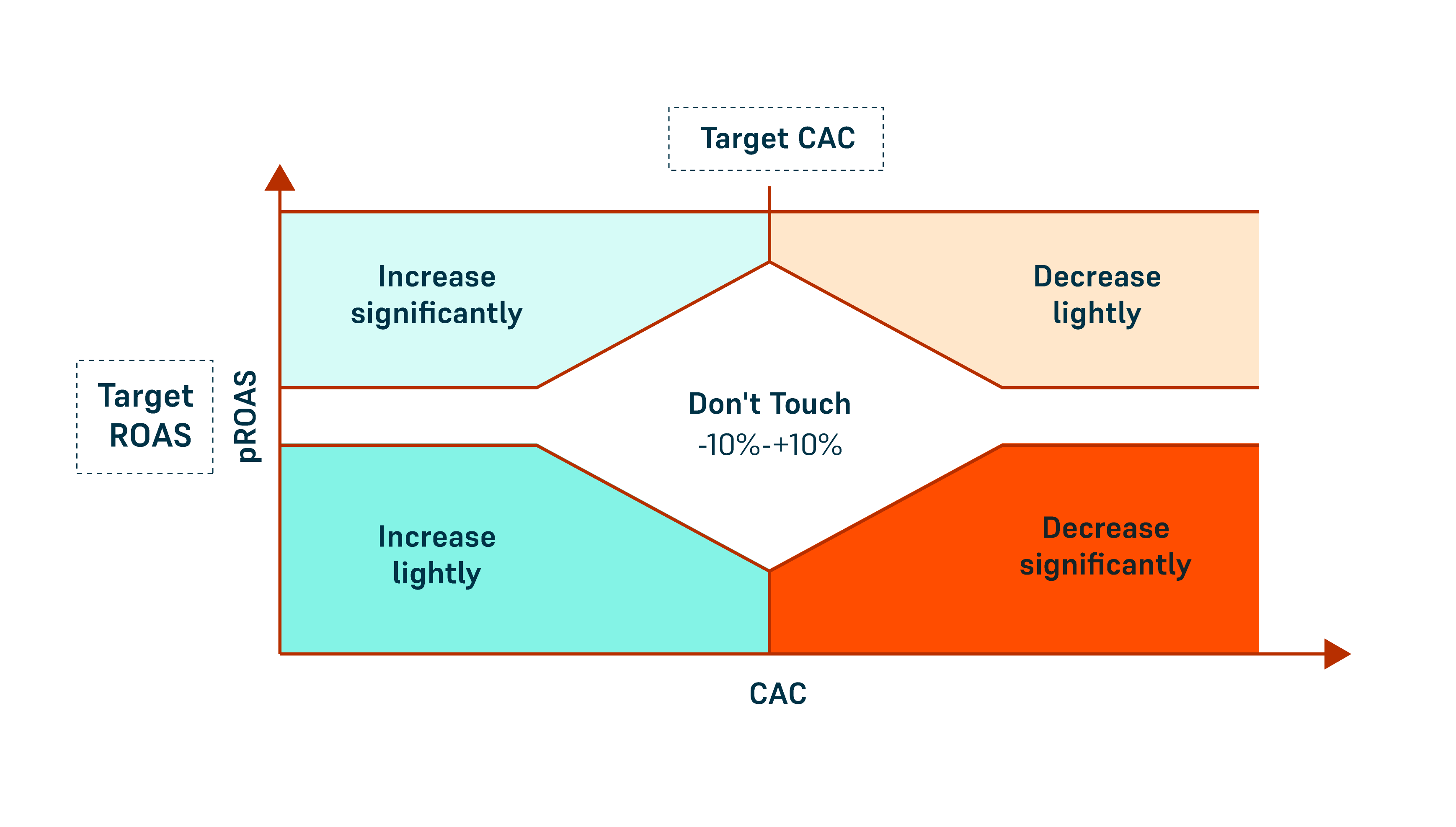Using predictive LTV to juice up marketing campaigns

As a marketing veteran, you’re likely familiar with the concept of LTV (lifetime value) and its importance in determining the success of your acquisition strategies. But, are you utilizing predictive LTV in your day-to-day decision-making? If not, you’re missing out on a powerful tool that can give you a competitive edge and an opportunity drive growth for your business.
Predictive LTV is a method of precisely estimating the future value of a customer, based on their historical behavior and other relevant data. By combining this prediction with traditional metrics such as CAC (customer acquisition cost), you gain a new dimension of knowledge that was previously inaccessible to you. This allows you to make more informed decisions that balance the cost of acquisition with your predicted return on investment.
In a sense, not using predictive LTV to inform decisions is like going on a hike, not knowing where it will end and how hard it will be. You may have a general idea of where you’re going, but without advanced tools and technology, you could easily get lost, sidetracked or miss your destination altogether.
Identifying high-value customers early in their life cycle is one of the biggest benefits of predictive LTV. You can use this to build more targeted, effective acquisition strategies, that focus on acquiring and retaining customers. In addition, you can decide how much to invest in acquisition and retention efforts based on your customers’ predicted lifetime value.
CAC-only optimization

CAC-only optimization. Image Credits: Voyantis
CAC and predictive LTV optimization

CAC and predictive LTV optimization. Image Credits: Voyantis
Balancing risk and growth with predictive LTV
Before delving into the different approaches to predictive LTV, it’s important to understand the type of decisions that predictive LTV can inform. Predictive LTV can play a crucial role in shaping a business’s day-to-day decision-making. Here are some examples of how it can be incorporated:

